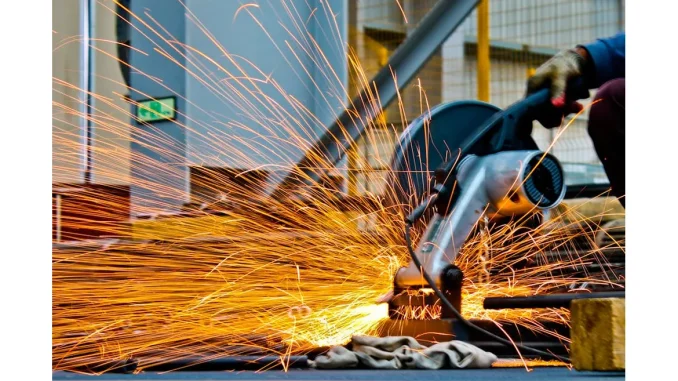
Every year, the construction industry bears witness to a significant toll, with numerous workers succumbing to fatal accidents or sustaining severe injuries on job sites. The inherent risks associated with construction work demand a concentrated focus on safety measures to safeguard workers’ wellbeing. From comprehensive training on safety protocols to the meticulous use of personal protective equipment (PPE) and regular safety inspections, a multitude of strategies exist to minimise risks and cultivate a safe working environment for construction personnel.
Read more about sustainable development.
Training workers on safety protocols stands as the cornerstone of risk mitigation on construction sites. Equipping workers with the knowledge and skills to identify and address potential hazards dramatically reduces the likelihood of accidents and injuries. Personal protective equipment (PPE) is indispensable in shielding workers from dangers such as dust, vibration, noise, and hazardous substances, underscoring the necessity for companies to provide essential protective gear. Additionally, the importance of regular safety inspections and audits cannot be overstated. Through meticulous evaluations of the work environment and equipment, construction companies can proactively identify safety hazards and implement corrective actions to prevent accidents. Cultivating a culture of safety awareness among workers is pivotal, promoting open communication about safety concerns and implementing a buddy system to ensure mutual vigilance.
Emergency response plans are critical for effectively managing accidents or injuries on construction sites. Proper signage and clear communication of safety protocols ensure that all workers are well-informed about the necessary safety measures. Construction companies must prioritise safety over speed or cost, valuing the wellbeing of workers above all else. Proper ventilation in construction areas significantly reduces exposure to hazardous substances, while regular health monitoring of workers is essential for the early detection of health issues. Adequate training on the correct handling of equipment and tools is vital, providing workers with the knowledge and skills required to perform their tasks safely.
Scaffolding and fall protection systems are fundamental in preventing falls, necessitating investment in reliable safety equipment. Safety briefings before work shifts and regular safety meetings reinforce safety practices among workers and address emerging concerns promptly. Having first aid kits and medical assistance readily available on construction sites ensures that prompt care is provided in case of accidents or injuries. Safety barriers and warning signs prevent unauthorised access to hazardous areas, while engaging workers in safety planning and decision-making fosters better safety outcomes.
Encouraging a proactive safety culture where workers promptly report hazards is crucial for maintaining a safe work environment. Regular safety training and refresher courses keep workers up-to-date on the latest safety protocols and procedures. Health issues such as hearing loss, musculoskeletal disorders, and lung disease are prevalent among construction workers, highlighting the importance of prioritising worker health and wellbeing. Conducting risk assessments before starting projects is vital for identifying potential hazards, and implementing a system for reporting near misses can prevent future accidents. Regular equipment maintenance and inspections are non-negotiable for ensuring safety on construction sites, stressing the need for companies to prioritise the upkeep of their equipment. Proper storage and handling of hazardous materials are essential to prevent accidents and exposure, emphasising adherence to safety procedures at all times.
Adequate rest and breaks for workers are necessary to prevent fatigue-related accidents, while a clear chain of command for safety issues ensures prompt resolution of concerns. Construction sites should designate safety officers or supervisors to oversee compliance and promote a safety-first mentality among workers. Regular safety drills and simulations prepare workers for emergencies, equipping them to handle unforeseen events effectively. Maintaining safety records and incident reports to track and analyse safety performance enables companies to identify areas for improvement and implement necessary changes. Managing health and safety hazards on bustling construction sites requires proper controls and a commitment to continuous improvement in safety practices.
By prioritising worker wellbeing and risk mitigation, construction companies can foster a safer work environment and reduce the incidence of accidents and injuries. Ensuring worker health and wellbeing is paramount in the high-risk environment of construction sites. By taking appropriate actions to mitigate risks, implementing robust safety measures, and adhering to health and safety regulations, construction companies can create a safer work environment for their employees. Prioritising safety, fostering a culture of safety awareness, and providing adequate training and resources are crucial steps towards preventing accidents and injuries in the construction industry.


Be the first to comment